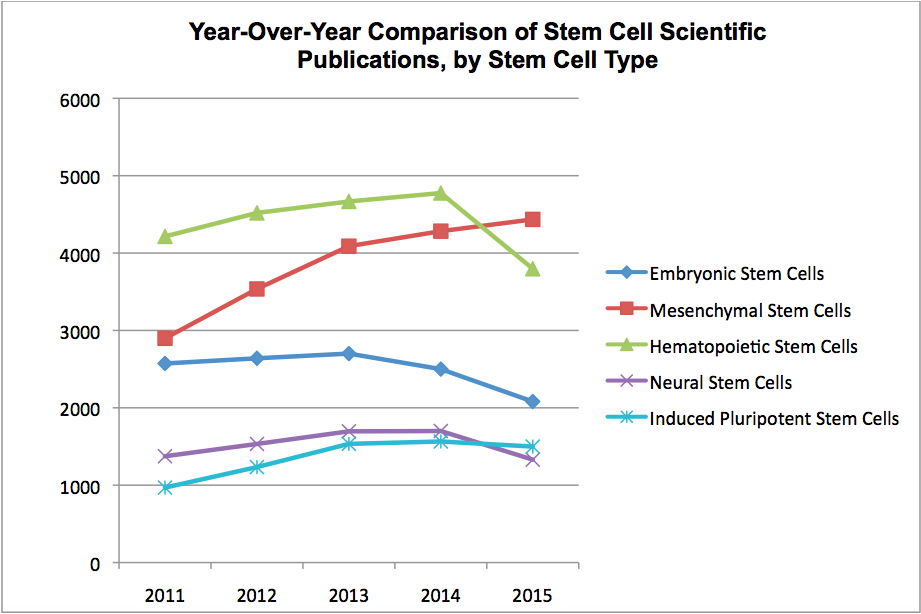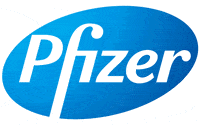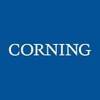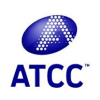Five of the most commonly used stem cell types that are used for research purposes are embryonic stem cells, mesenchymal stem cells, hematopoietic stem cells, neural stem cells, and induced pluripotent stem cells.
Therefore, the analysis below considers trends in scientific publication rates for these five stem cell types, over a trailing five-year history. PubMed.gov scientific publication rate data is used for this analysis because of its comprehensive nature.1
PubMed is a service of the U.S. National Library of Medicine and the National Institutes of Health (NIH) that includes over 19 million citations from MEDLINE and other life science journals that date back to the 1950s.2 It is the leading search engine through which to search scientific publications, as NIH researchers are mandated by law to submit their research and most external research is submitted as well, either voluntarily or by mandate.3
TABLE. Comparison of Stem Cell Publication Rates, by Stem Cell Type (Five-Year Historical)


Comparison of Stem Cell Research Frequency, by Stem Cell Type
As observed in the graph above, hematopoietic stem cells were the most frequent type of stem cells to be cited in the scientific literature through 2014. Mesenchymal stem cells were the second most common stem cell type through 2014.
In 2015, mesenchymal stem cells surpassed hematopoietic stem cells to become the most common stem cell type to appear within the scientific literature.
This is the first time in history that mesenchymal stem cells substantially outpaced hematopoietic stem cells within the scientific literature.
Additionally, mesenchymal stem cells are the only stem cell type of the five analyzed that had an increase in scientific publications from 2014 to 2015.
All four of the other stem cell types decreased in scientific publication frequency during that period.
Embryonic stem cell research came in third place among the five stem cell types that were analyzed, while neural stem cells and induced pluripotent stem cells both showed lower rates of scientific publications over a trailing five-year period.
Footnotes:
1Source: Pubmed, http://www.ncbi.nlm.nih.gov/pubmed/. Search Terms: 1) “Embyronic Stem Cell” OR “Embryonic Stem Cells”; 2) “Mesenchymal Stem Cell” OR “Mesenchymal Stem Cells”; 3) “Hematopoietic Stem Cell” OR “Hematopoietic Stem Cells”; 4) “Neural Stem Cell” OR “Neural Stem Cells”; 5) “Induced Pluripotent Stem Cell” OR “Induced Pluripotent Stem Cell” OR “iPSC” OR “iPSCs”. Search Executed: January 24, 2106.
2Ncbi.nlm.nih.gov. 2014. Home – PubMed – NCBI. Available at: http://www.ncbi.nlm.nih.gov/pubmed/. Web . 29 Jan. 2016.
3Science Codex. Available at: http://www.sciencecodex.com/public_access _mandate_made_law. Web. 29 Jan. 2016.





















Dear Cade, again I never seen suches complete work concerning therapeutic overviews , congratulations to BIOINFORMANT . Excellent work